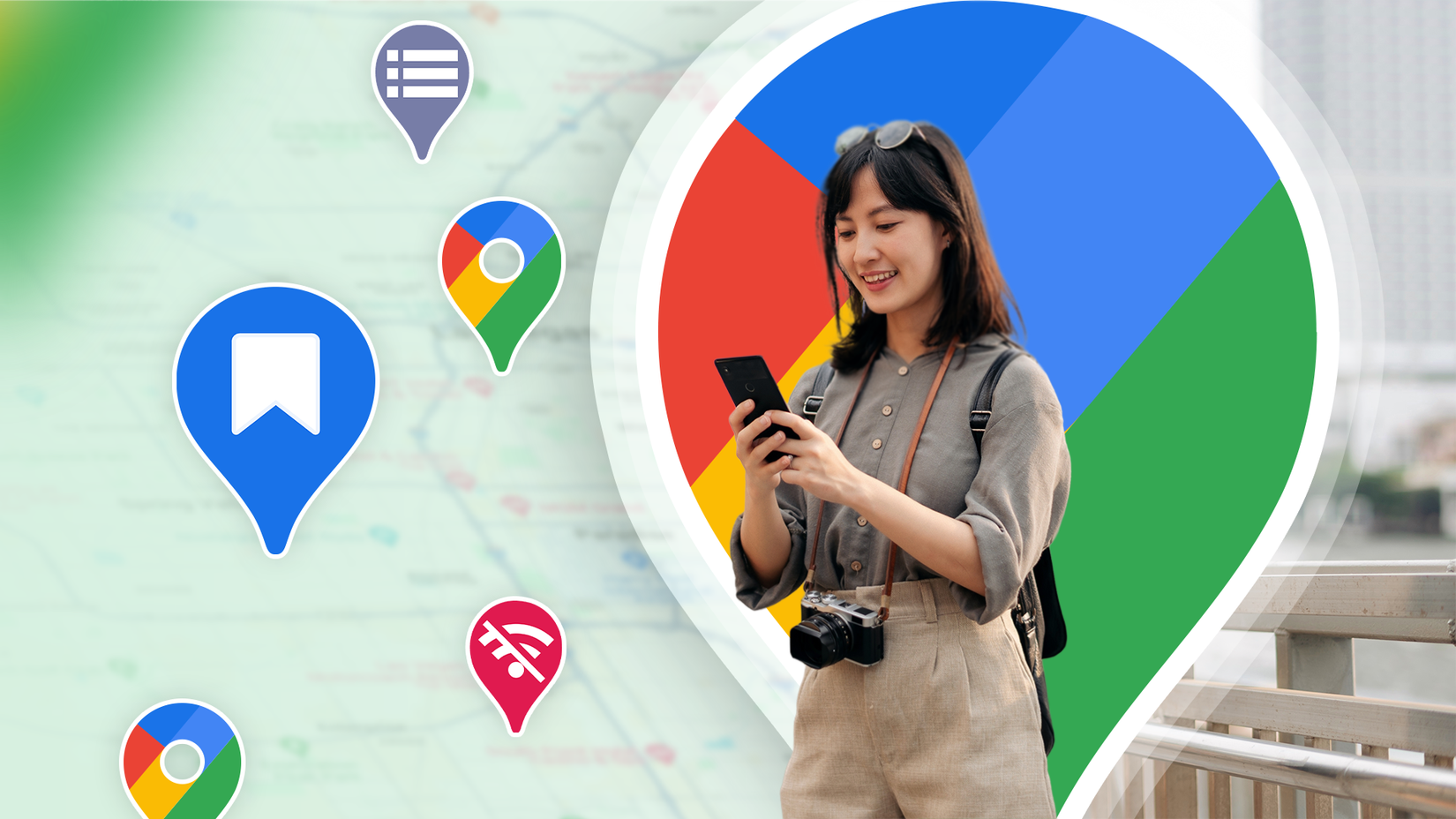I used to open Google Maps only when I needed directions. It was the app I tapped when I was lost, running late, or trying to decide whether braving peak-hour traffic was worth it.
Over the last couple of years, Maps has become one of the most useful apps on my phone, not merely because it tells me how to get from Point A to Point B.
It’s the place I track restaurants I want to try, plan errands, remember where I bought something great, and even check how crowded a store is before stepping outside.
Now, it is more than a navigation tool, and I’m still surprised by how much it can do when you stop treating it like just a GPS.
Maps Timeline as a life journal
Turning it into a personal logbook
Google Maps Timeline helps you remember where you’ve been, and I realized it’s the only reason I remember half the cafés, stores, and service centers I’ve visited over the years.
If someone asks where I bought a specific item or which place had excellent coffee, I check the Timeline for that day if I can’t remember.
To view it on the app, tap your profile icon and select Your Timeline.
It shows me exactly where I was on a particular day, which shop I visited, which route I took, and even how long I stayed there.
It’s also incredibly helpful for personal reference. If I’m writing a year-end reflection or trying to piece together how a particular month felt, Timeline helps fill in the blanks with places and dates.
I’ve used it to remember when I started a new hobby and even the last time I saw certain people.
On hectic weeks, this helps me understand how busy I really was. On vacations, it becomes an automatic travel diary.
And when I need to check when I last visited a doctor or a grocery store, all the details are there in my Timeline.
A personal database of places I trust
A curated list of reliable spots
One of the most handy things I’ve done with Google Maps is turn it into a database of every place I like.
Whenever I visit a restaurant, café, clinic, repair shop, or store that impresses me, I immediately save it to a custom list.
Whenever I find someone who does good work, like the electrician who fixed a wiring issue without upselling, I save the location and add a small note about the service.
Over time, that list has become more valuable than any review site. It’s my own collection of reliable spots, filtered through my taste and my experiences.
It really pays off when I need something fast, such as a dessert place I know won’t disappoint, or a mechanic I’ve used before.
Instead of searching the internet (and dealing with questionable five-star reviews), I open my Trusted list and pick from places I already know won’t waste my time or money.
It also helps me remember details I’d usually forget. I leave short notes like “great for quiet weekday lunches,” “fast service,” or “ask for the spicy version.”
These reminders save me from repeating past mistakes or missing out on something I loved but forgot about.
The best part is that I don’t sit down to curate my list; I add a place when it earns its spot.
Avoiding crowds with Popular times graphs
Skip the rush and save time
Before stepping out for any errand, I now check how crowded a place is using Maps’ Popular times graphs. It has saved me from countless overcrowded supermarkets, jam-packed cafés, and salons with hour-long waits.
I stopped going to grocery stores during the peak evening rush because Maps always showed them as “busier than usual.” Instead, I go when the graph dips, and I’m in and out in 15 minutes.
The trick is to treat the graph as a planning tool. If I’m debating between two errands, I open both locations and compare the live crowd levels. If a place is showing a full-height “peak” bar while the other is moderately busy, I go with the latter.
It doesn’t require any extra settings or toggles; live data shows up automatically for almost every major location.
You open the place in Maps and scroll slightly, and it’s right there. It is reliably accurate because it is based on real aggregated user movement.
Using Maps as my weekend planner
Plan outings with ease
Some use Google Maps when they’re already on the move, but I’ve found it’s just as beneficial before I step out the door, especially for planning my weekends.
Instead of bouncing between apps or lists, I treat Maps like a visual mood board for my days off.
During the week, when I stumble across a café I want to try or a store that looks interesting, I immediately save it to a custom list.
By the time Saturday rolls around, I open that list and get an instant snapshot of everything I’ve been meaning to explore.
I can see clusters of places and plan my day around a specific neighborhood rather than zig-zagging across the city.
If I want a laid-back morning, I’ll pick a café and then check what else is nearby: a bookstore, a park, maybe a bakery I saved weeks ago and forgot about.
I also use the built-in details to make quick decisions on the fly. Opening hours tell me whether a place fits into my schedule, reviews help me avoid duds, and live graphs nudge me toward quieter spots.
A better way to share recommendations
Let friends collaborate on lists
I used to share recommendations in a messy way: via long texts full of links or screenshots.
Google Maps made things more convenient. Now, when a friend asks me for café suggestions or hiking spots, I send them a curated list in Maps.
When I save a place to one of my lists, Maps automatically keeps everything organized: photos, opening hours, reviews, and pins on a map.
Instead of sending a random collection of notes, I go to my list and tap Invite collaborators. Sharing a single link shows every recommendation in context.
My friends can instantly see which places are close to each other, what time they open, and which ones look appealing. They don’t even need the app; the list works in the browser.
The best part is how collaborative it becomes. Friends can add their own suggestions to a shared list and leave notes.
It turns planning a trip or a group outing into something effortless and fun rather than painful back-and-forth discussions.
Google Maps is way more than a navigation app
Google Maps is primarily for navigation, but I now rely on features unrelated to driving.
The more I’ve used the app beyond turn-by-turn directions, the more it’s become one of my most valuable everyday tools.
It’s my personal database of trusted places and my life journal. It also saved me time by helping me dodge crowded places.
From tracking trusted places to planning weekends, these tools have become essential in my daily routine. The best part is that they don’t require setup or extra apps.



